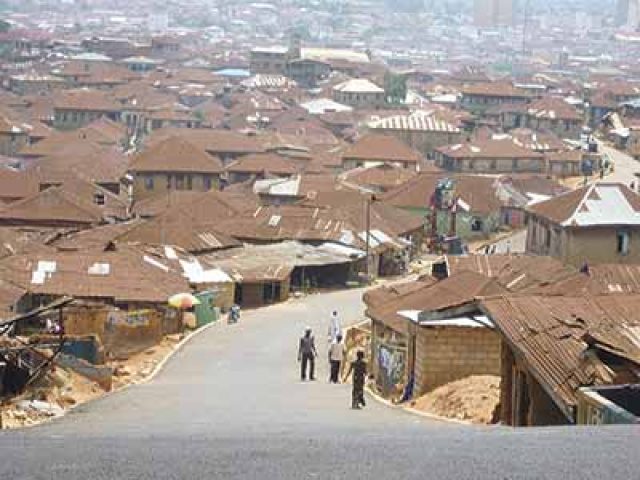
Brief Details of Ibadan
Before we begin with the history of Ibadan, let us set some facts straight. Ibadan, (pronounced E- baa- dawn) the present capital of Oyo State, is the third-most populous city in Nigeria (with over 3.5 million dwellers) after Lagos and Kano.
Ibadan was also known to be the largest city in Africa after Cairo (Egypt) and Johannesburg (South Africa) in the 1960s. The Yoruba people are the main inhabitants of Ibadan which at its point of creation was called Eba-Odan meaning “the city at the edge of a Savannah”.
Ibadan, located in the south-western part of Nigeria served as the home for trade, commerce and fashion in the 60s and 70s posing as a worthy rival to Lagos. Ibadan was also the centre for administration of the Western region during the colonial era.

The History Of Ibadan
The history of Ibadan was traced to the reign of the great old Oyo empire (Oyo-Ile). It was recorded that the Alaafin (king) of the Oyo empire ordered Lagelu who was then the commander of armed forces (Are-Ona-Kakanfo) in Oyo, and some of his best men in Oyo, Ilesa and Ogbomosho to build a war camp for warriors coming from Ijebu, Ife and Egba kingdoms.
Jagun Lagelu and his men settled in Àwótán, in Apete (presently in the Ido local government area) and founded a settlement which they called Eba Odan. A few years later, Eba-Odan was invaded and ransacked by Oyo armies for violating the customs of Yorubaland.
History of Ibadan has it that the people of Eba Odan humiliated an egungun (masquerade) at the market place. The egungun was accidentally disrobed which earned him abominable mockeries from Eba Odan women and children.
When the news of the incident reached the Alaafin of Oyo, he ordered his men to reduce Eba Odan to rubble for committing such disrespectful and abominable offence.
Those who survived the attack, including Lagelu who had become old and weak, ran to a nearby hill for safety. While on the hill, there was no food except for the Oro fruit and roasted snails which they fed on.
After a long period, normalcy returned and the people founded another settlement; this was about 1829. Shortly afterwards, Lagelu died leaving behind swarms of strong and politically oriented people.
The history of Ibadan has it in its profile that Ibadan was later attacked three different times but survived them all. These attacks are known in history as 1840 Osogbo war, Ibadan-Ijaye war of 1861-62, Kiriji war of 1877-93.
After the destruction of Oyo-Ile by the Fulani raiders in 1835/1836, refugees from several Yoruba towns and villages fled down to Ibadan, Ijaye and the new Oyo-Atiba, but Ibadan received the highest number of refugees who later settled permanently in the city.
After some time, the new Ibadan grew extensively into a popular hub of trade and commerce. Ibadan also dominated the political and military scene of Yorubaland, filling the vacuum created by the fallen Oyo empire. People displaced by war then saw Ibadan as a sanctuary because of its location, economy and military power.
In 1840, the marauding Fulani people tried to expand their caliphate deeper into the southern part of Yoruba land, but were defeated by the strong armies of the Yoruba kingdom led by Ibadan. This war was later known as the 1840 Osogbo war.

By the end of 1850, the population of Ibadan had grown over 265,000 making Ibadan the largest town in Yorubaland.
Later in the year 1893 (immediately after the Kiriji war), Ibadan became a British protectorate after the Baale of Ibadan, Fijabi, signed a treaty with George C. Denton, the British acting Governor of Lagos, on the 15th of August that same year.
Leave a Reply